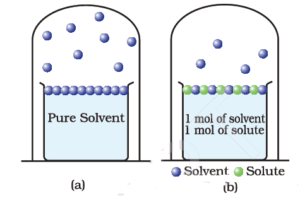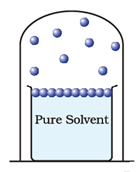Science > Chemistry > Solutions and Their Colligative Properties > Ideal and Non-Ideal Solutions In this article, we shall study two types of solutions first, those obeying Raoult’s law called ideal solutions and those not obeying Raoult’s law called non-ideal solutions. Ideal Solutions: The solutions which obey Raoult’s law over the entire range of concentration […]
Categories
Ideal and Non-Ideal solutions
- Post author By Hemant More
- Post date January 31, 2020
- No Comments on Ideal and Non-Ideal solutions

- Tags Alloys, Aqueous solution, Azeotropes, Chemistry, Colloidal solution, Corse solution, Dissolving, Gaseous solutions, Heterogeneous solution, Homogeneous solution, Ideal solutions, Immiscible liquids, Insoluble substance, Liquid solutions, Miscible liquids, Negative deviations, Non-ideal solutions, Positive deviations, Raoult's law, Saturated solution, Solid solutions, Solubility, Soluble substance, Solute, Solution, Solvent, Supersaturated solution, Suspension, True solution, Types of solutions, Unsaturated solution


